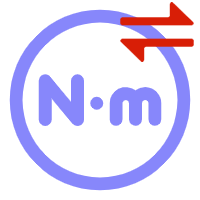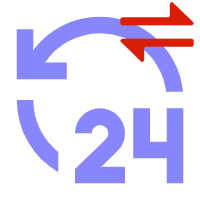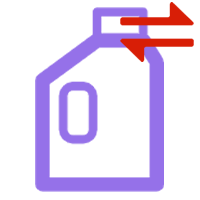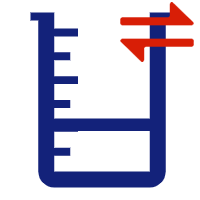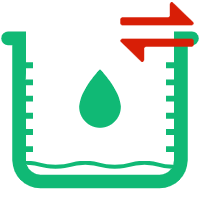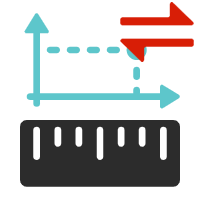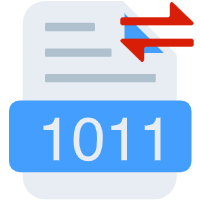Julian Day Converter
Convert calendar dates to Julian Day Numbers instantly with our converter. Perfect for astronomers, historians, researchers, developers, and scientific date calculations. Get accurate results.
Julian Day Converter
Convert dates between Gregorian calendar and Julian Day Number. Select calendar types, enter a date, and click Convert.
Select the source format
Select the target format
Select the date you want to convert
About Date to Julian Day Converter
The Julian Day Number (JDN) is a continuous count of days since noon Universal Time on January 1, 4713 BC in the proleptic Julian calendar. This converter allows seamless transformation between Gregorian calendar dates and Julian Day Numbers, providing essential functionality for astronomers, historians, and researchers who need precise date calculations across different time systems. The tool uses the standard astronomical algorithms by Jean Meeus to ensure accuracy in all conversions.
How to Use the Julian Day Converter?
This tool makes it easy to convert dates between the Gregorian calendar and Julian Day Number system. Simply select your source format (Gregorian Date or Julian Day Number), enter the value you want to convert, and click the Convert button. The tool will instantly show you the corresponding value in the target format along with additional information.
Understanding Julian Day Numbers
1. What is Julian Day Number?
The Julian Day Number (JDN) is a continuous count of days since the beginning of the Julian Period on January 1, 4713 BC (proleptic Julian calendar) at noon Universal Time. It is widely used in astronomy and other scientific fields to simplify date calculations across different calendar systems.
2. Origin and History
The Julian Day system was proposed by Joseph Scaliger in 1583 and named after his father, Julius Caesar Scaliger (not Julius Caesar or the Julian calendar). The starting point was chosen to be a time in history before most recorded events, making all historical dates positive numbers.
3. Time Convention
Julian Day begins at noon (12:00 UT), not at midnight like most civil calendars. This is because astronomical observations traditionally began at sunset. For example, JD 2451545.0 corresponds to January 1, 2000, 12:00 UT (noon). January 1, 2000, 00:00 UT (midnight) would be JD 2451544.5.
4. Decimal Representation
Julian Day Numbers can include decimal fractions to represent times more precisely. Each 0.1 represents 2.4 hours, 0.01 represents 14.4 minutes, and 0.001 represents about 86.4 seconds. For example, JD 2451545.5 represents January 2, 2000, 00:00 UT (midnight).
5. Advantages of Julian Day System
- Continuous counting system eliminates calendar complexities
- Easy calculation of elapsed time between two dates
- Uniform system across all historical periods
- No need to account for different calendar reforms
- Widely used in astronomy, space science, and historical research
6. Modified Julian Day (MJD)
To make numbers more manageable, astronomers often use Modified Julian Day (MJD), which is defined as MJD = JD - 2400000.5. This system starts at midnight on November 17, 1858. For example, MJD 51544.0 equals JD 2451544.5 (January 1, 2000, 00:00 UT).
7. Conversion Formula
The conversion between Gregorian dates and Julian Days involves complex calculations that account for leap years, calendar reforms, and the difference between civil time (midnight start) and astronomical time (noon start). Our tool handles all these complexities automatically.

Conversion Calculators

